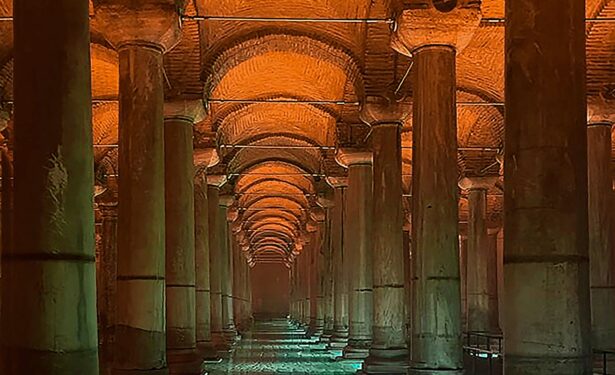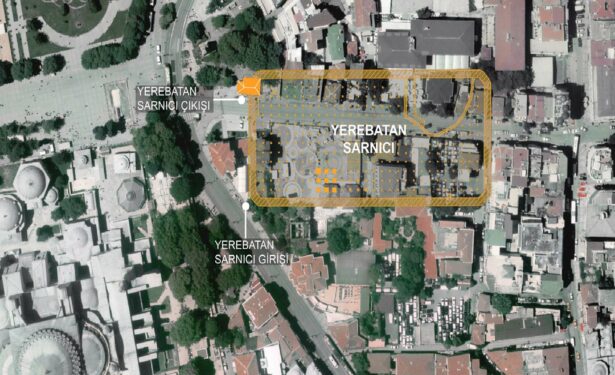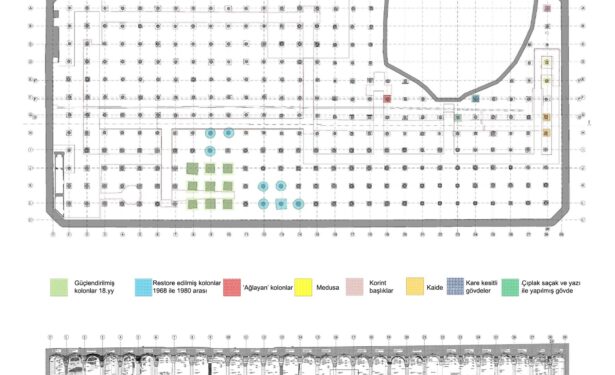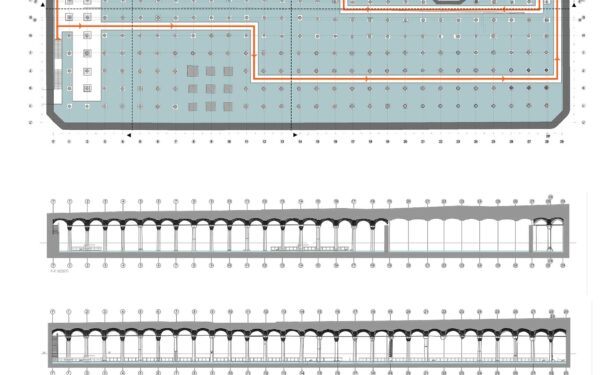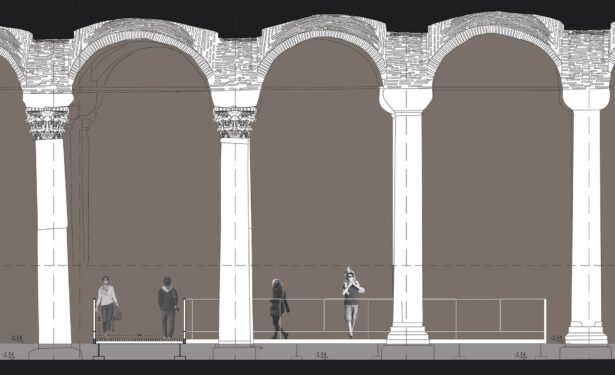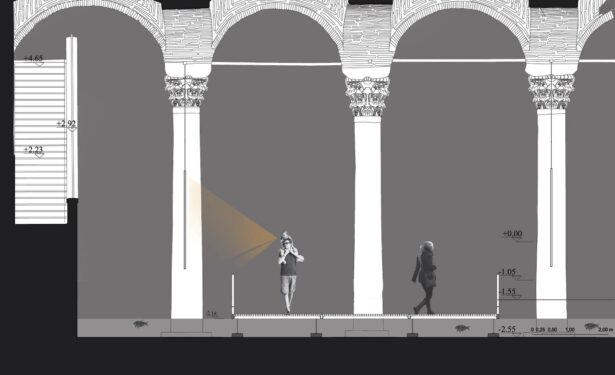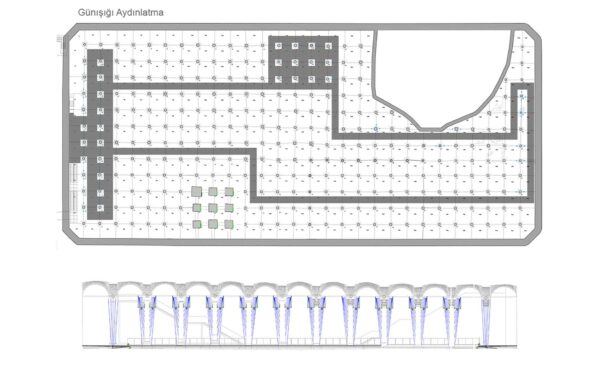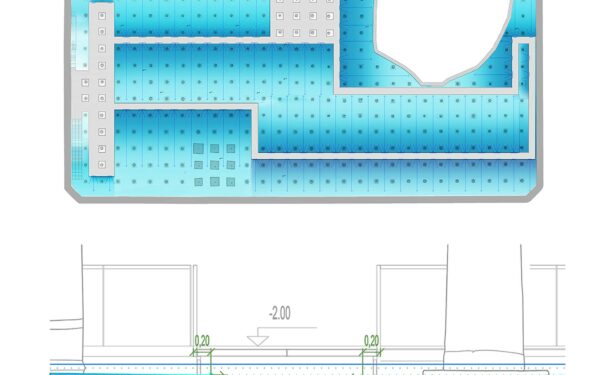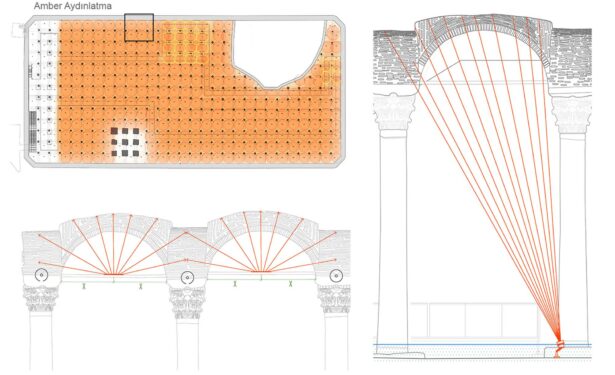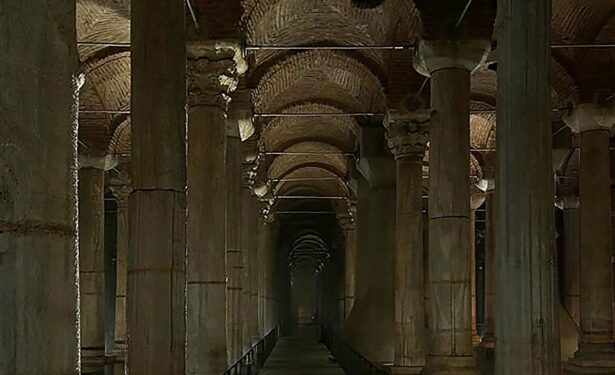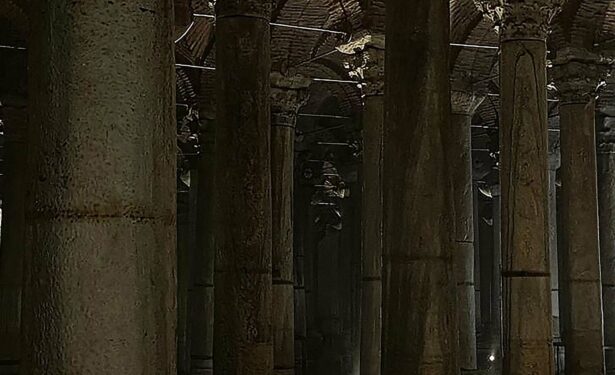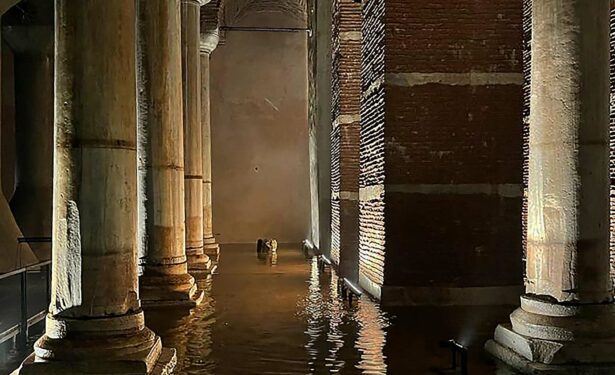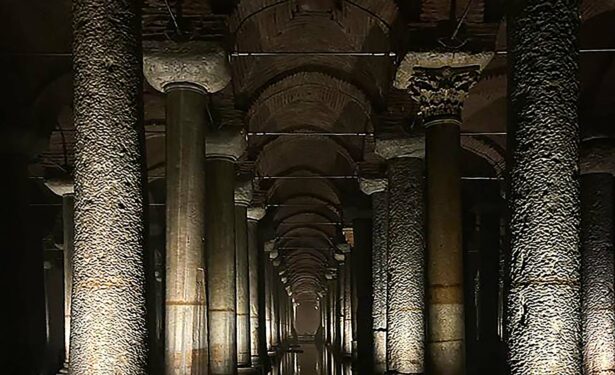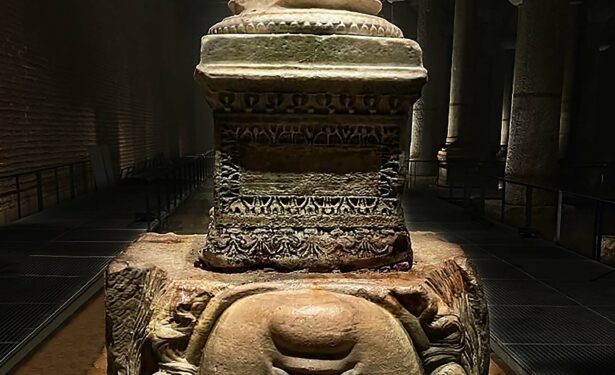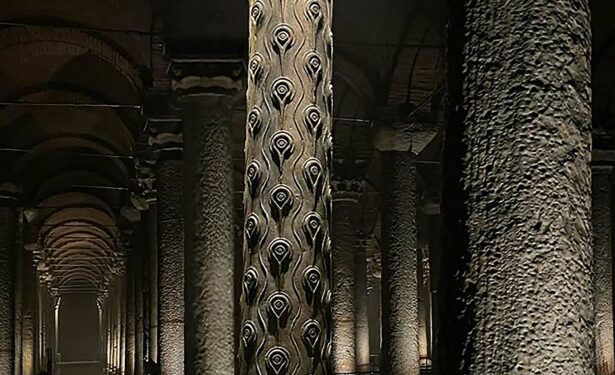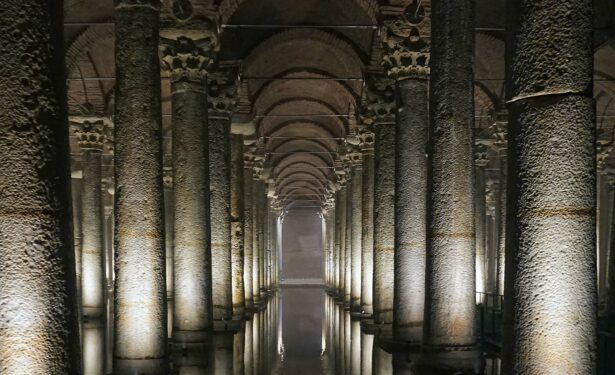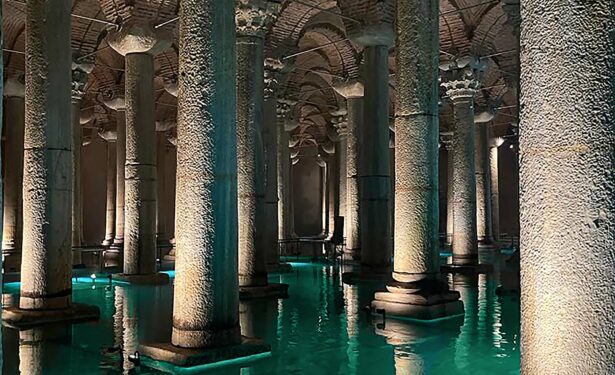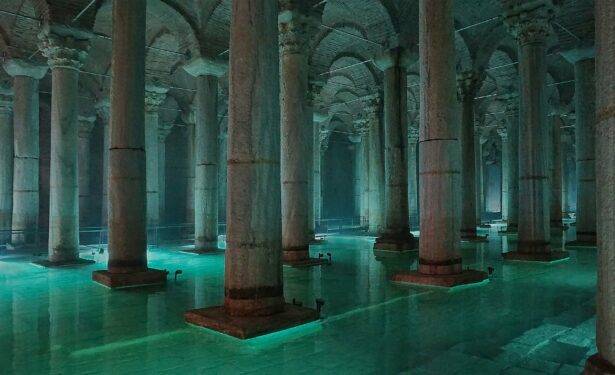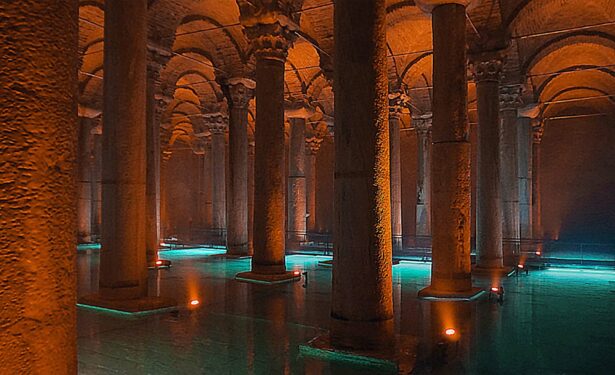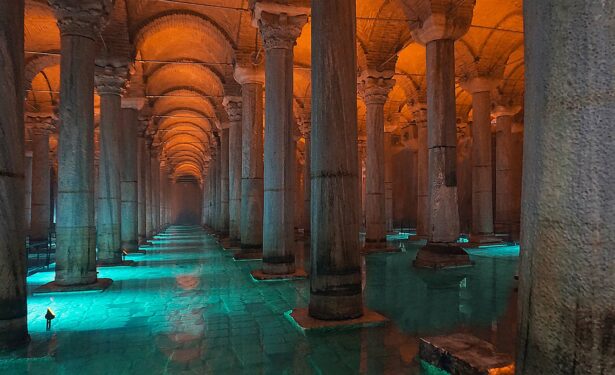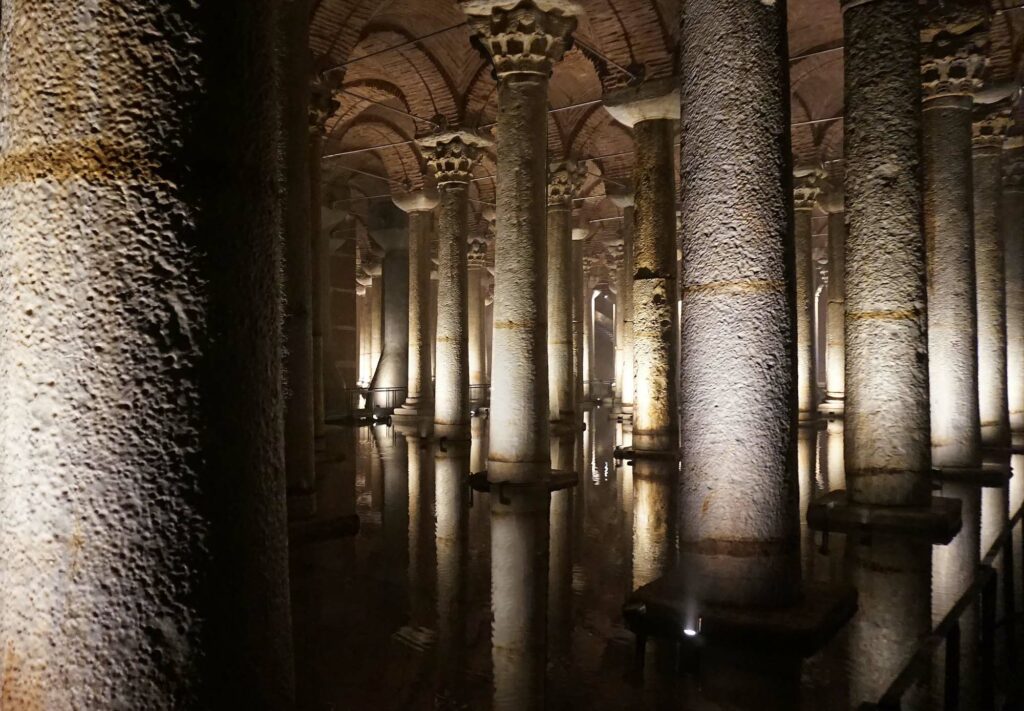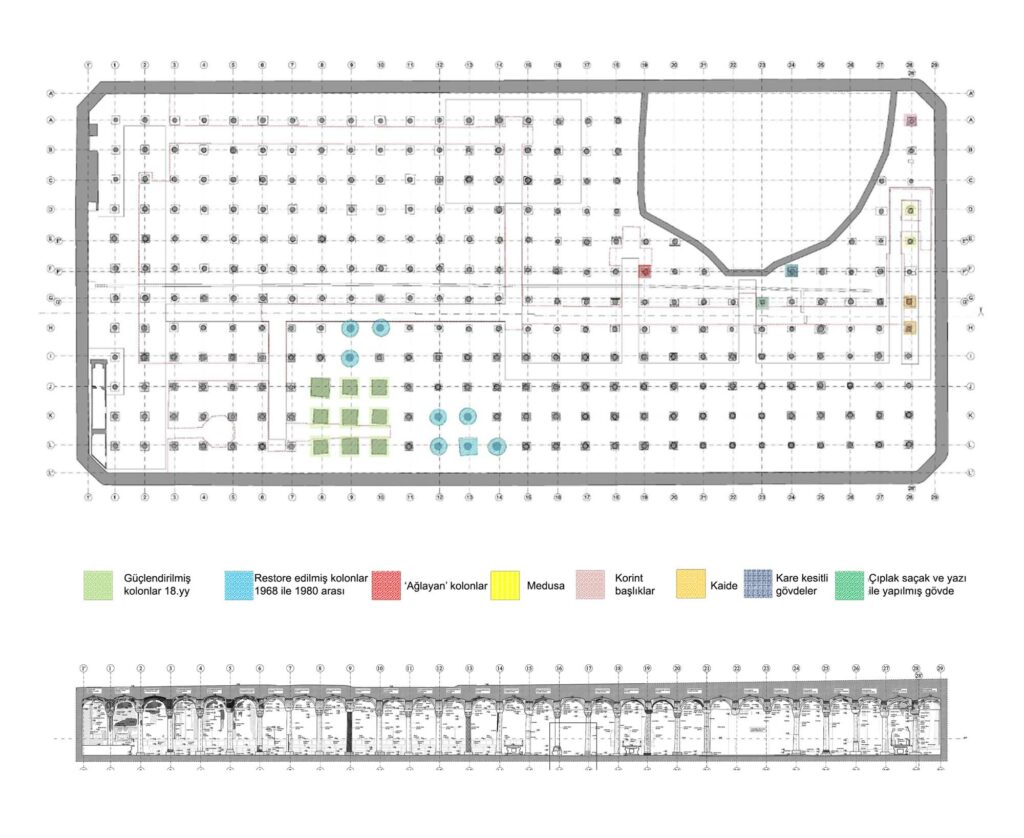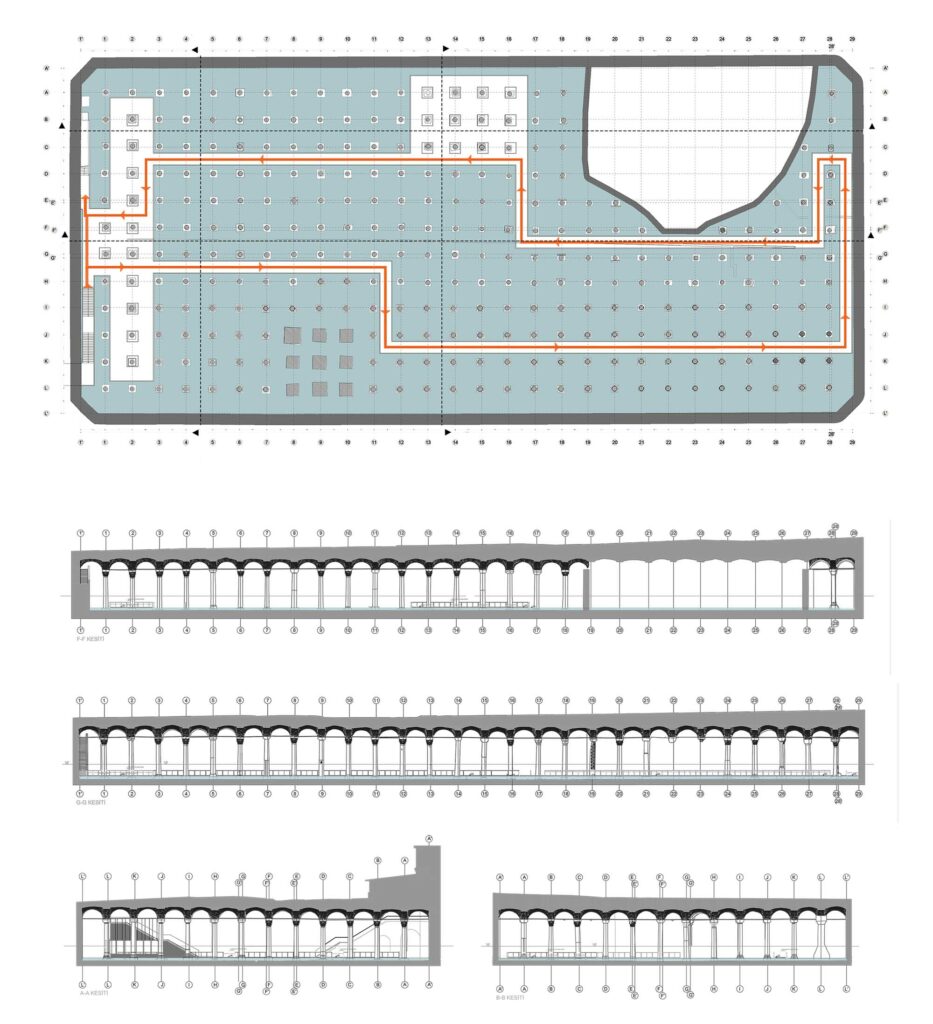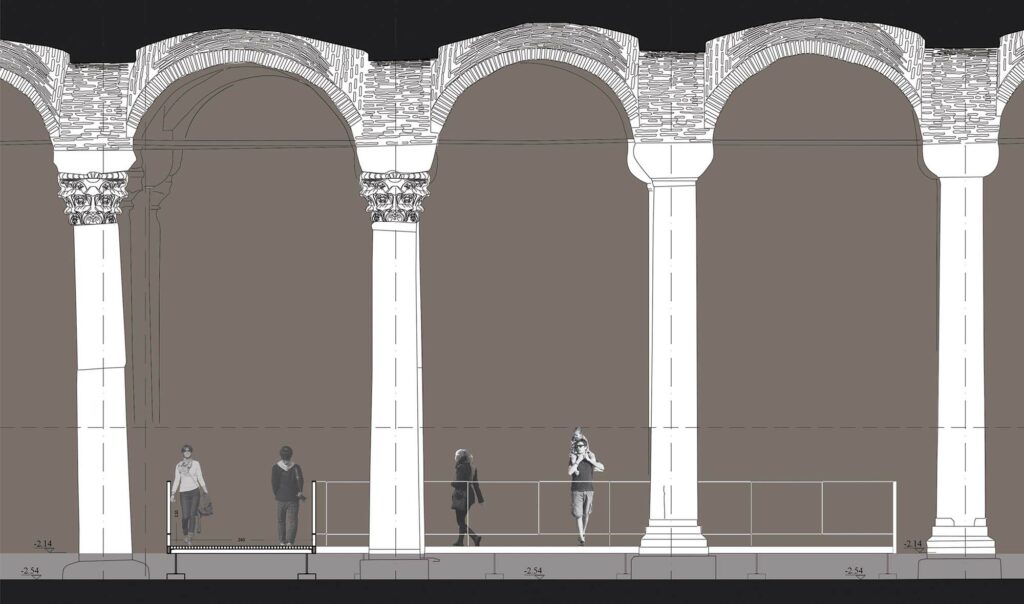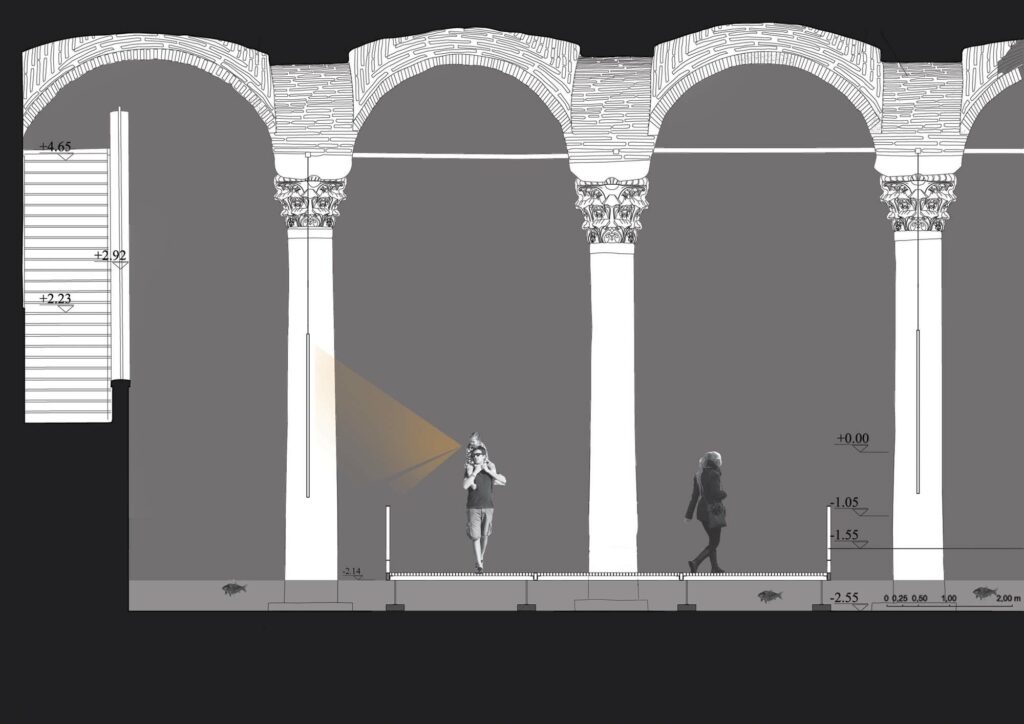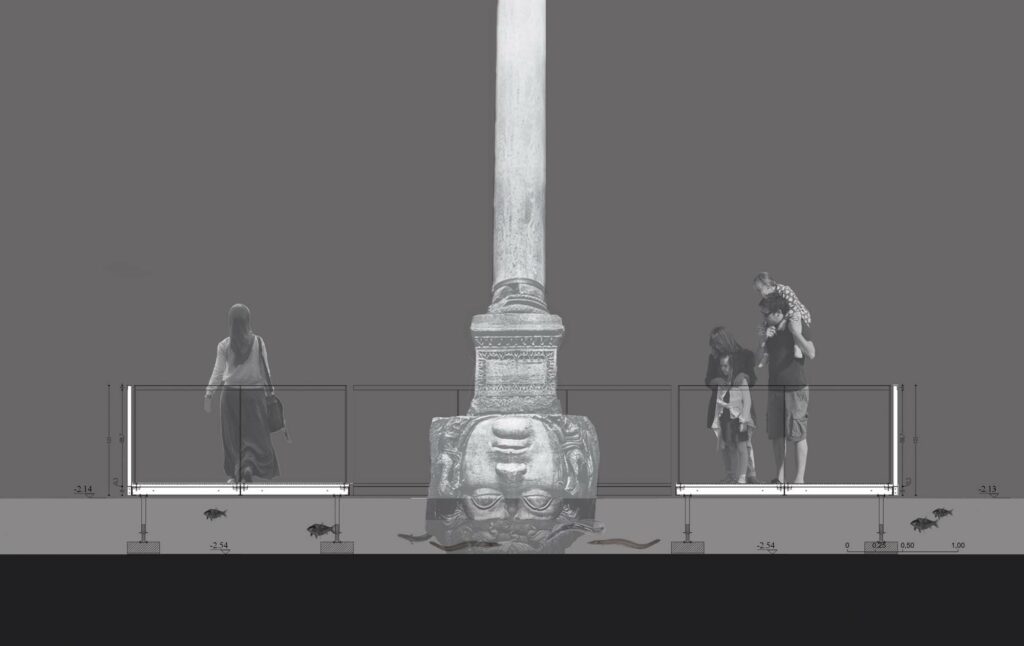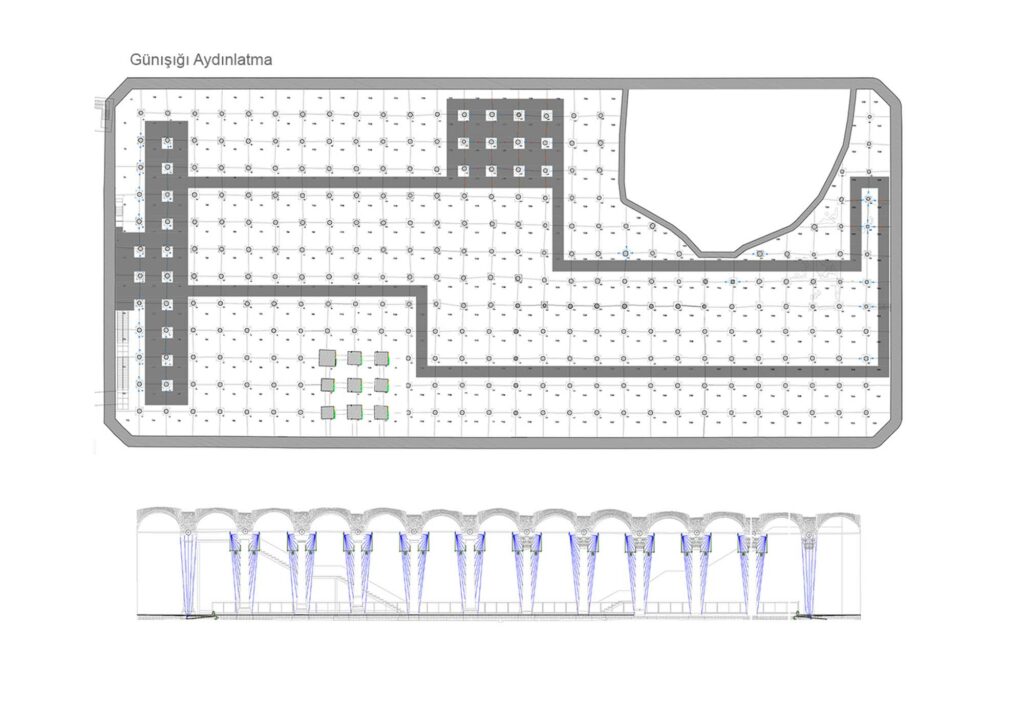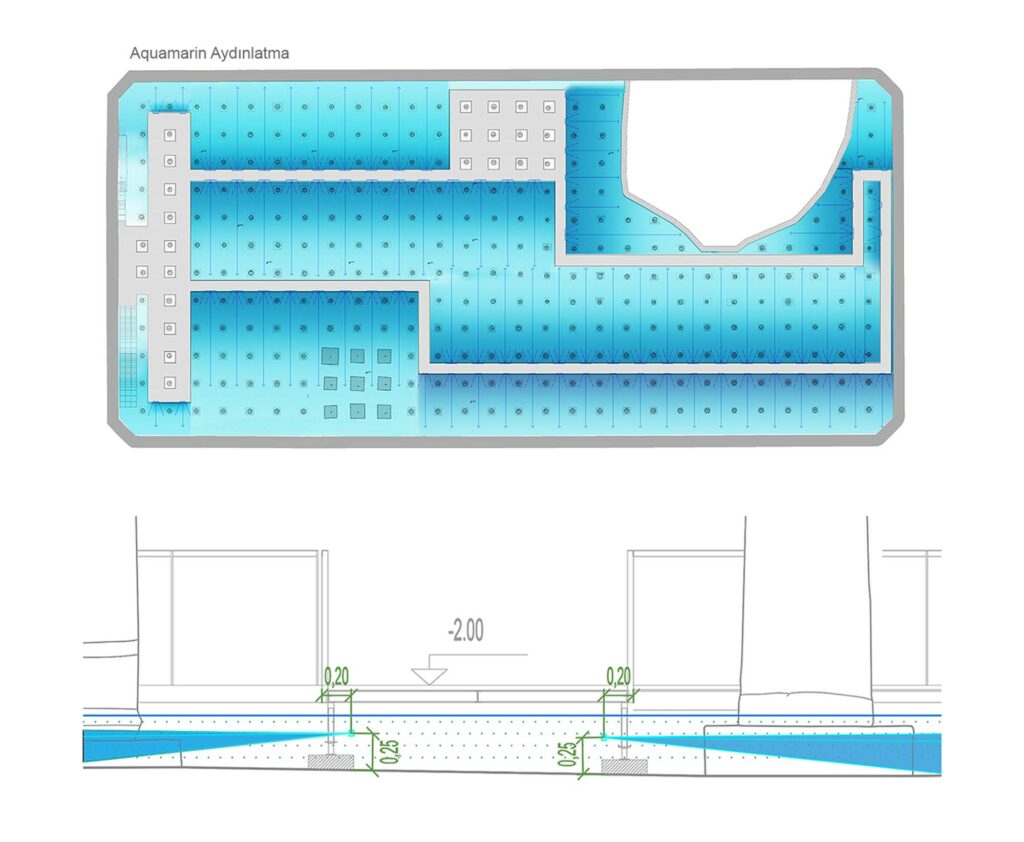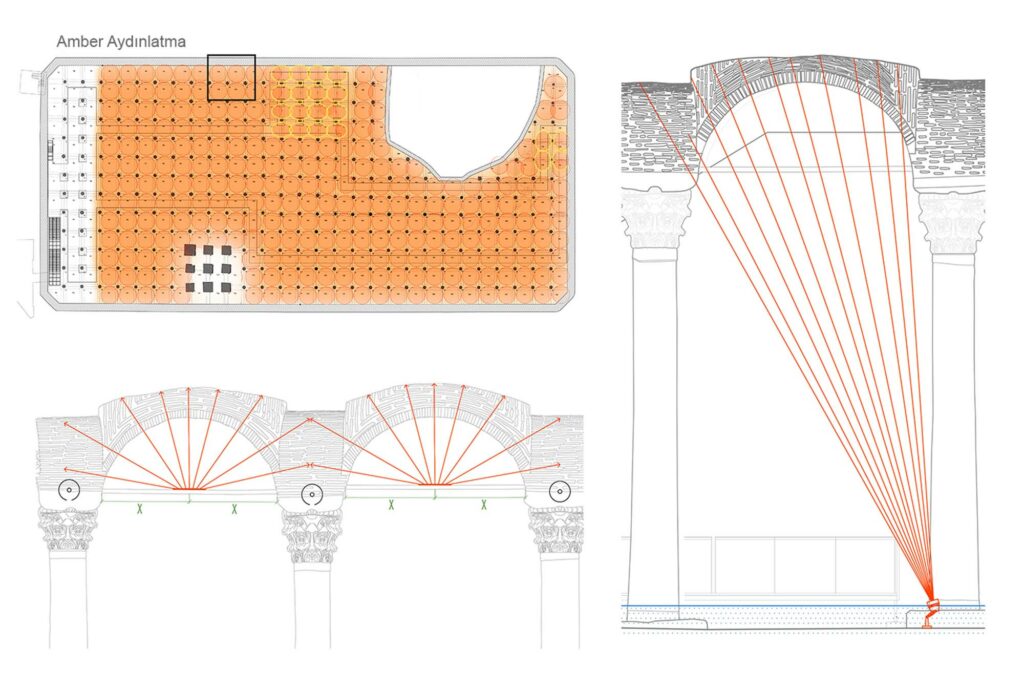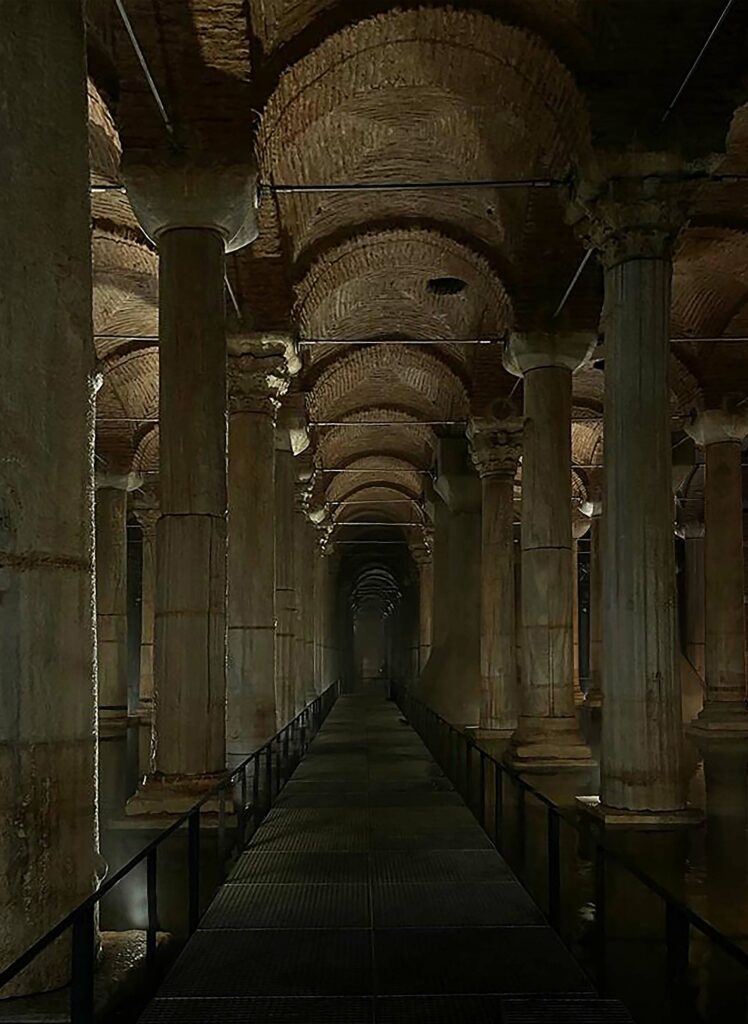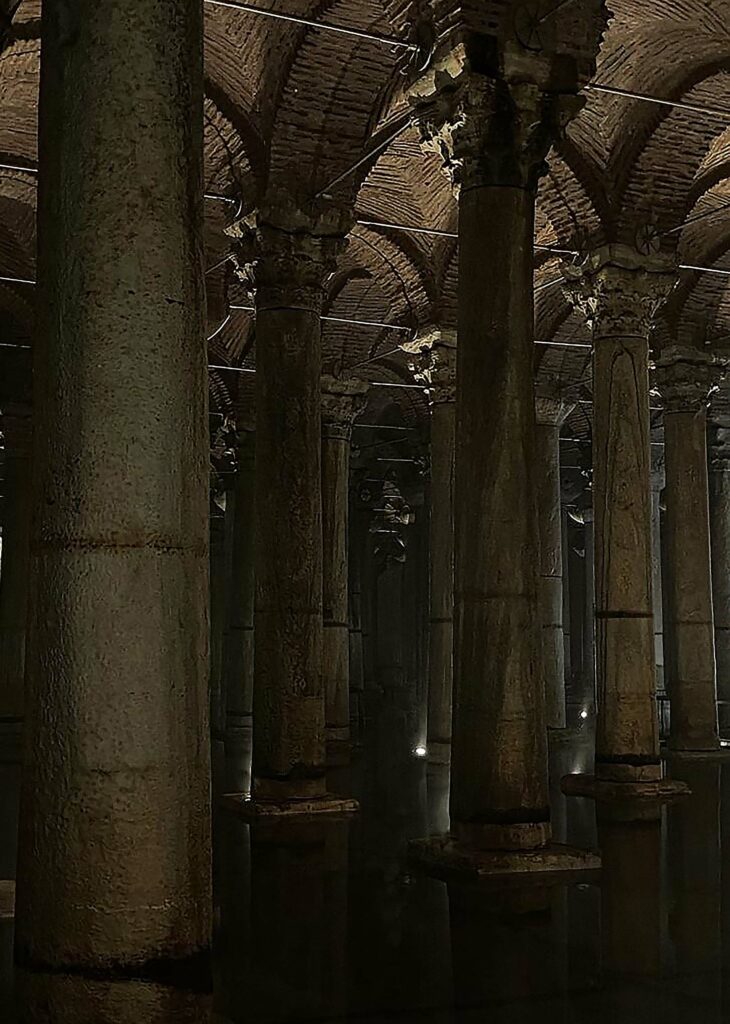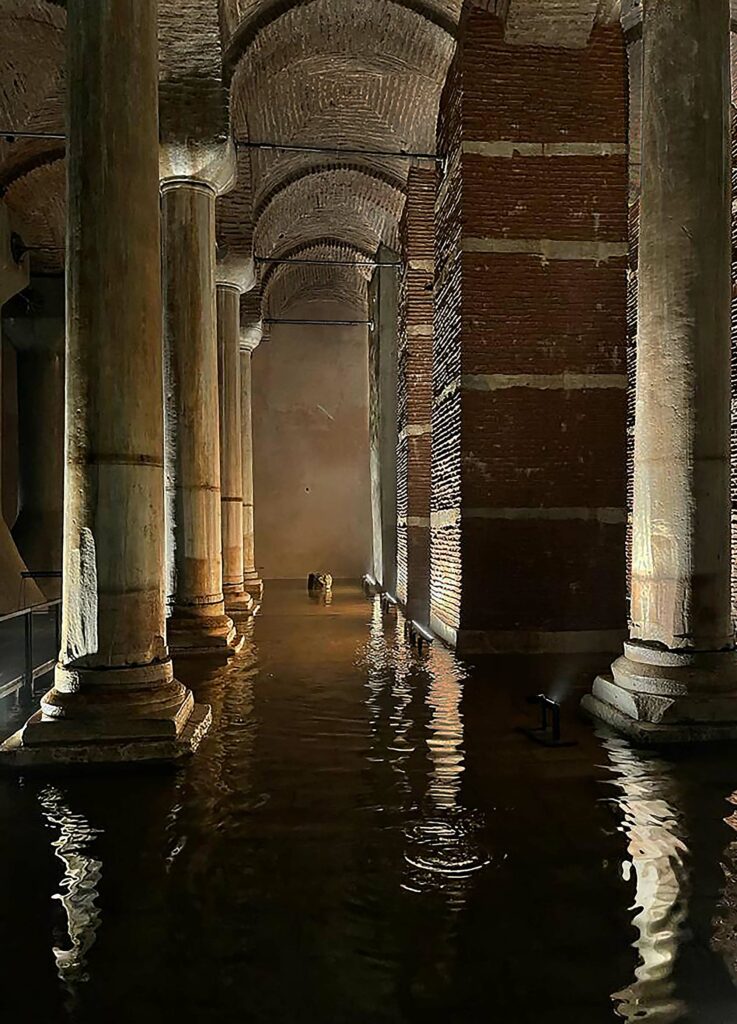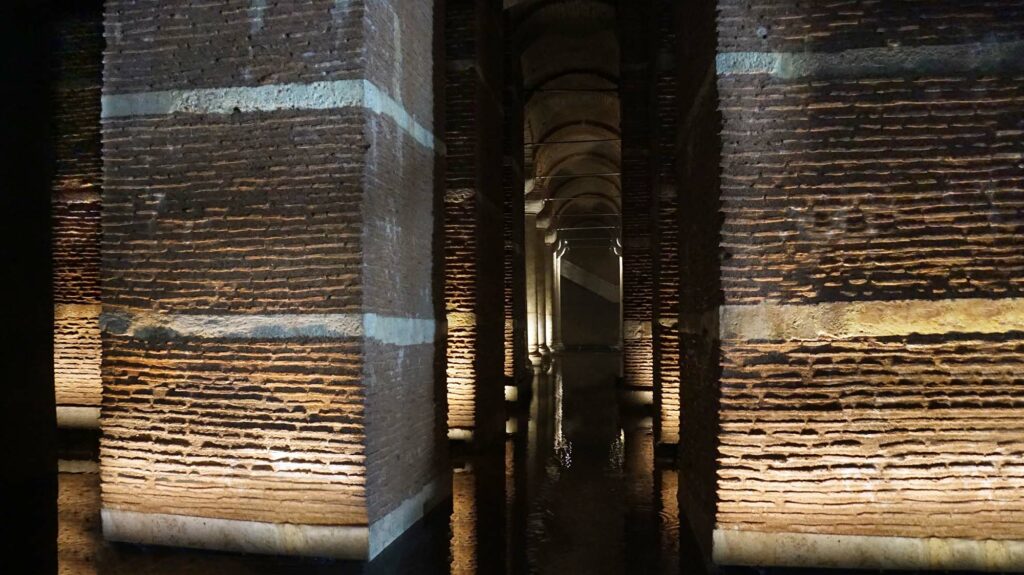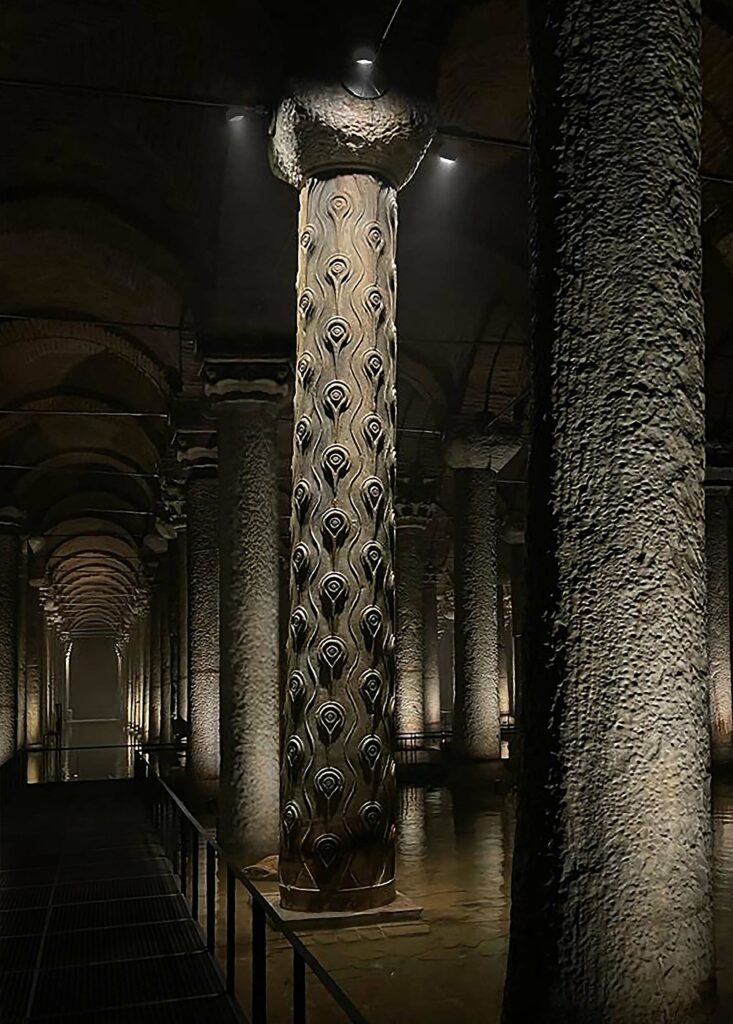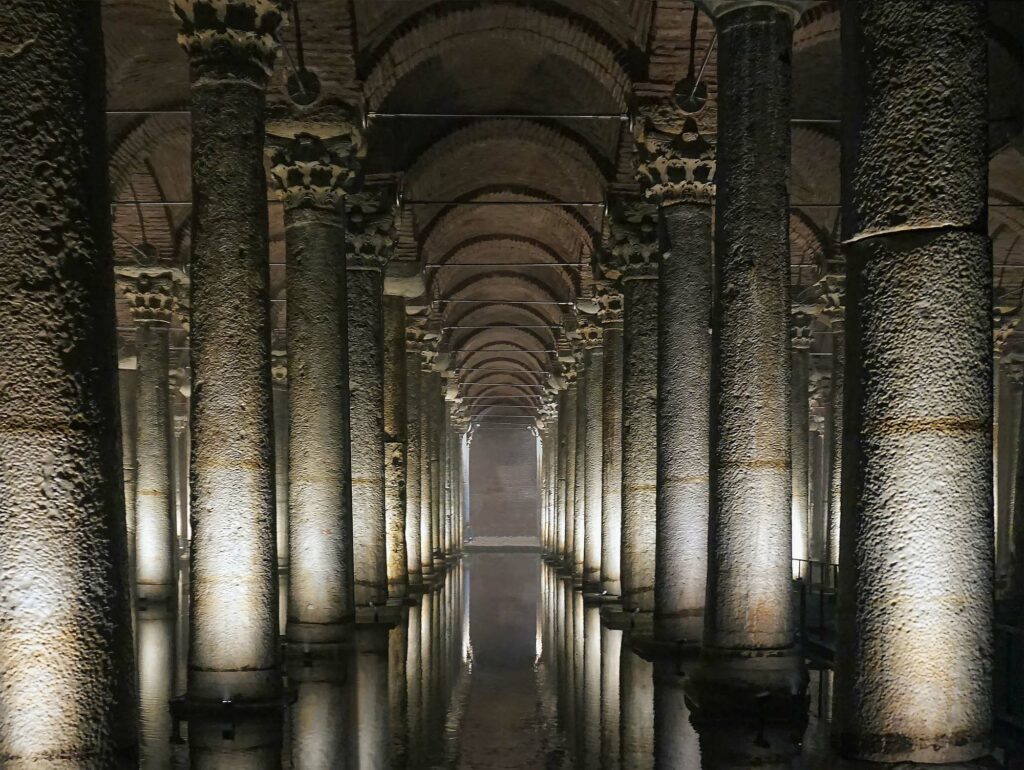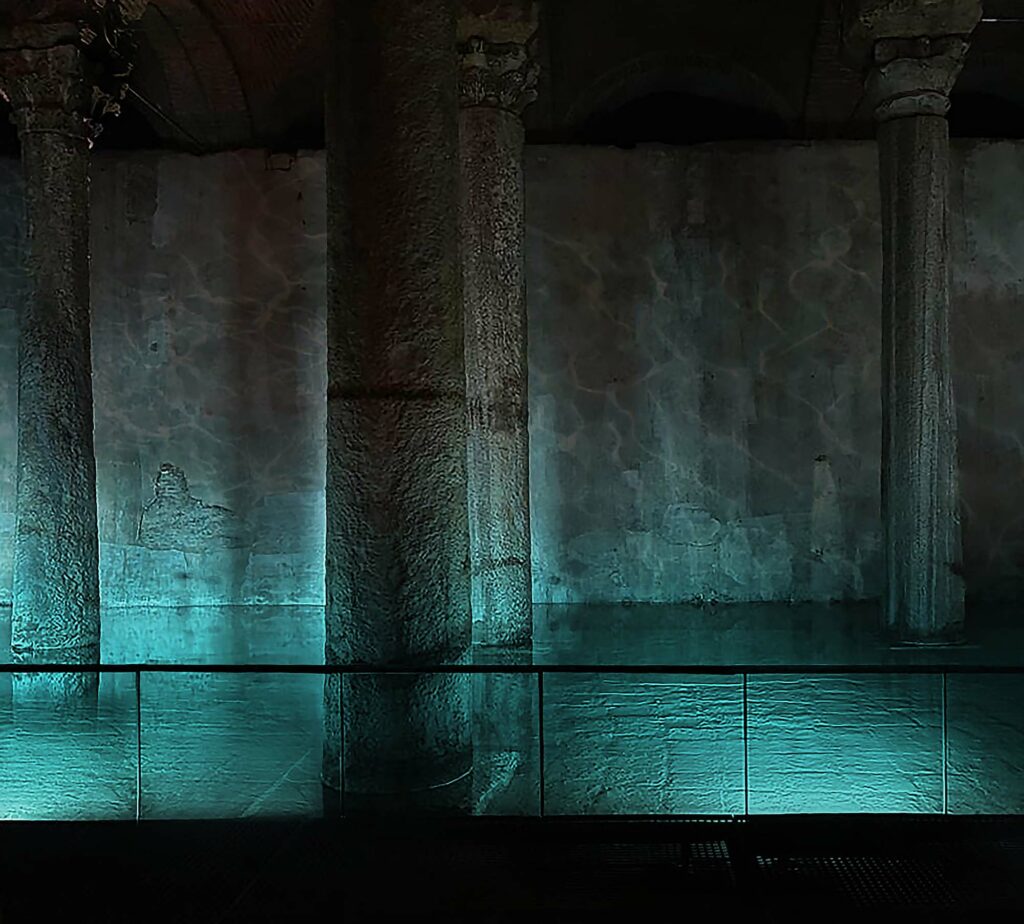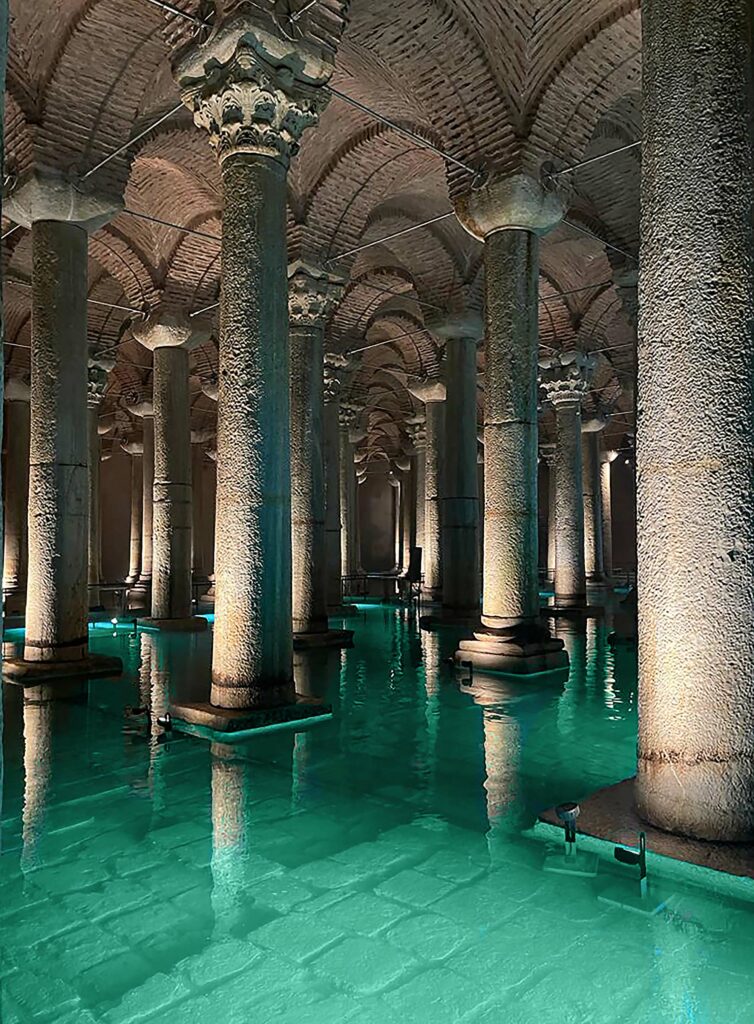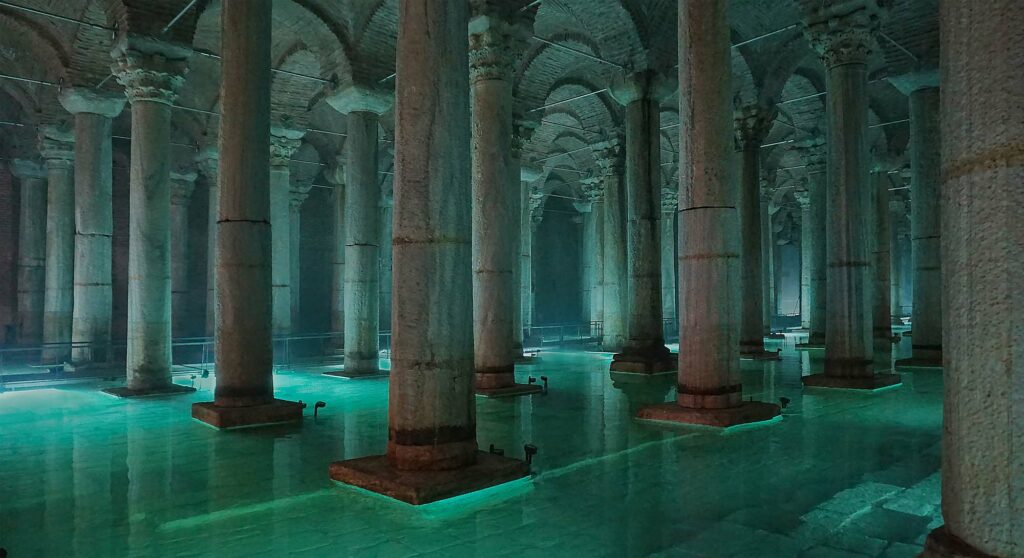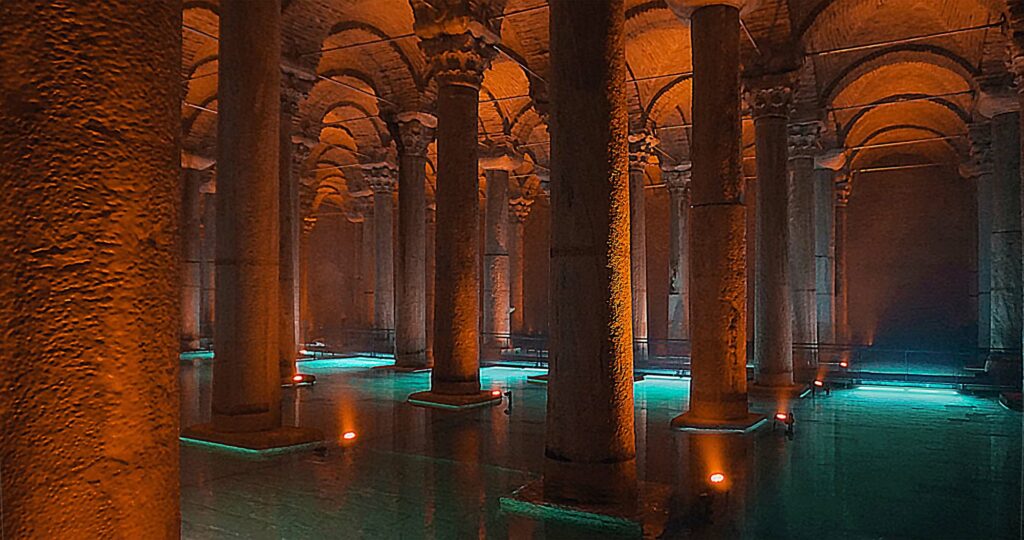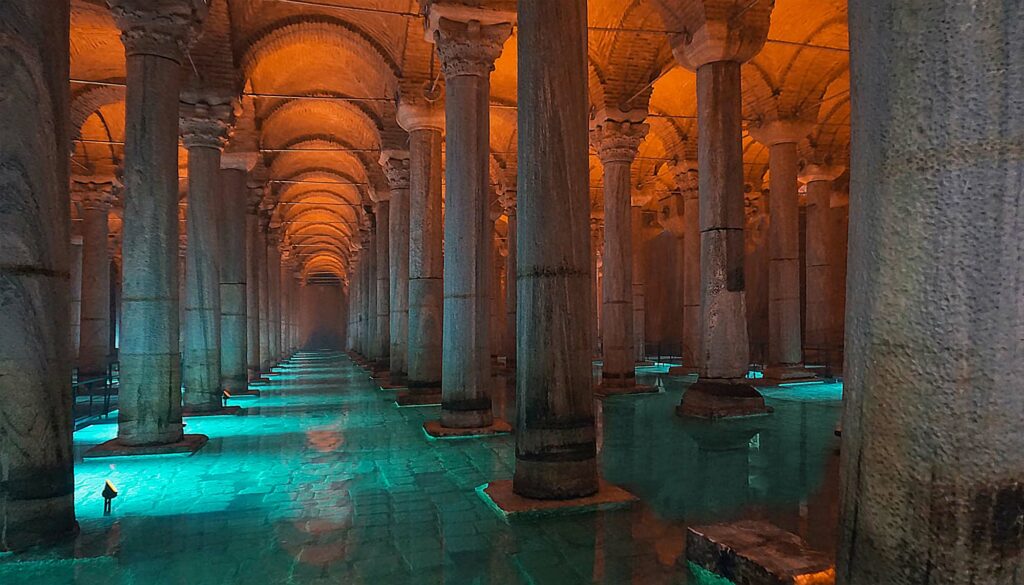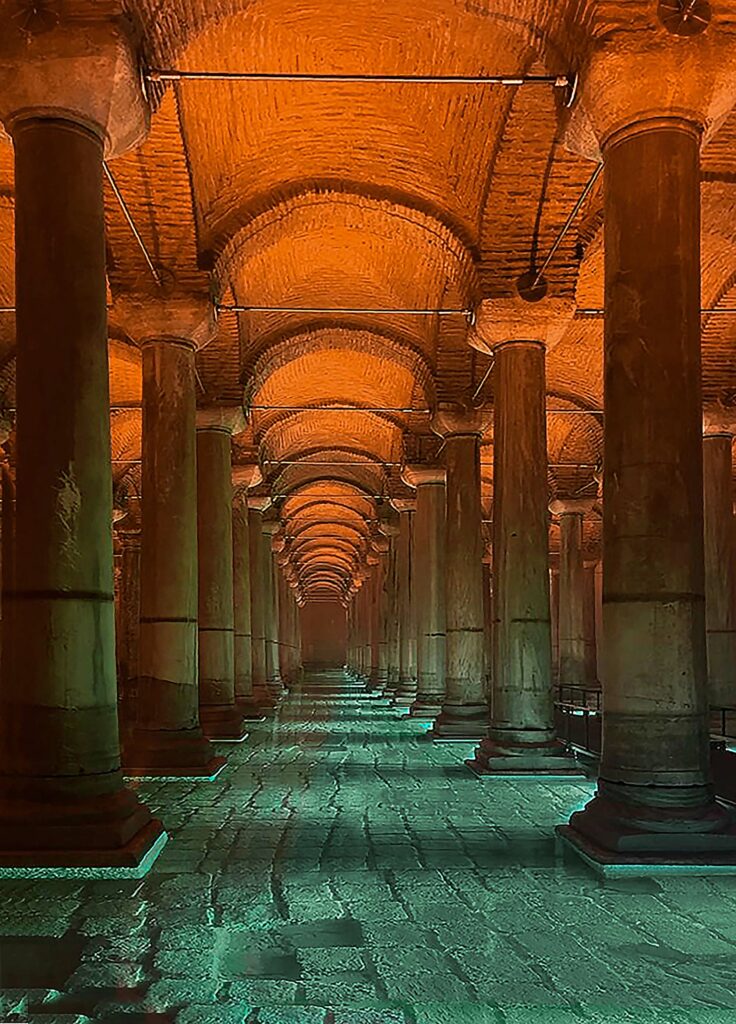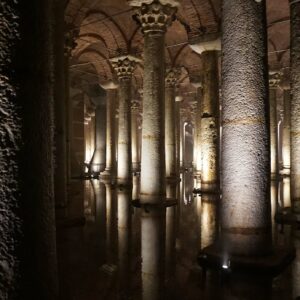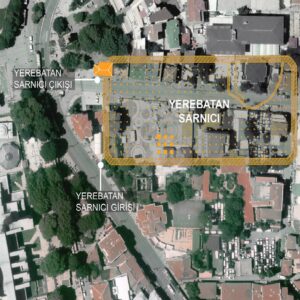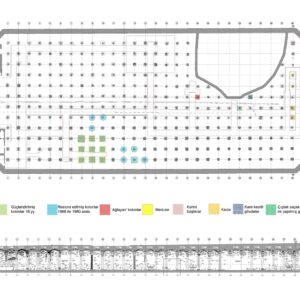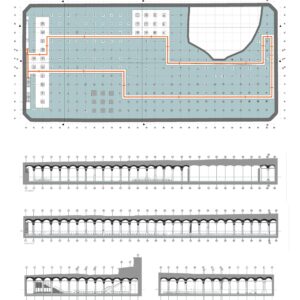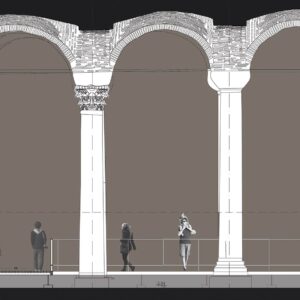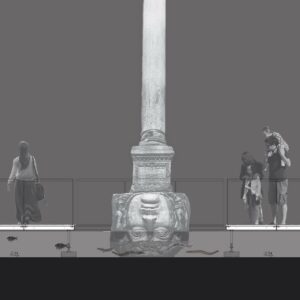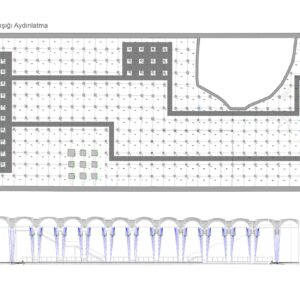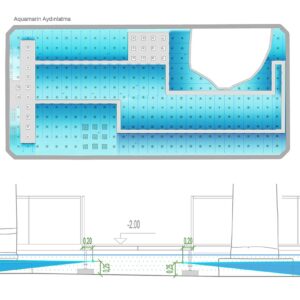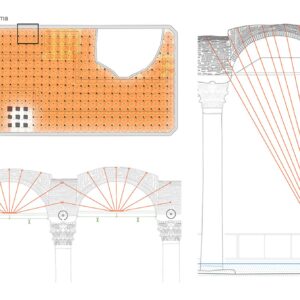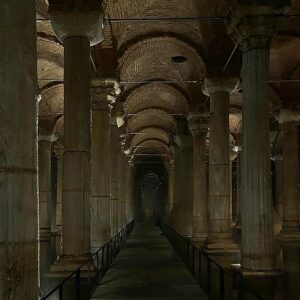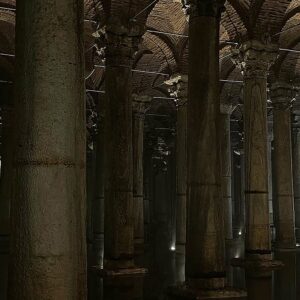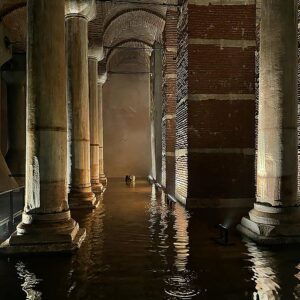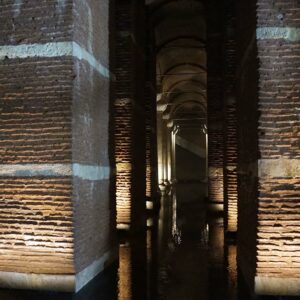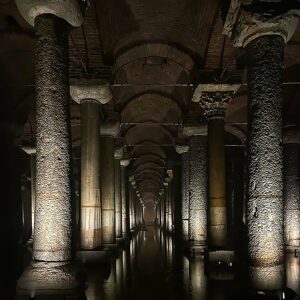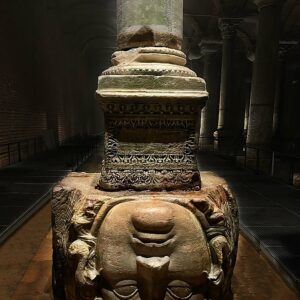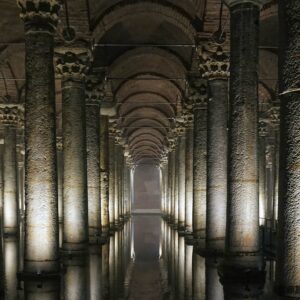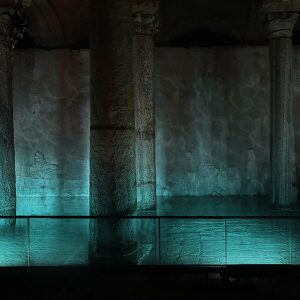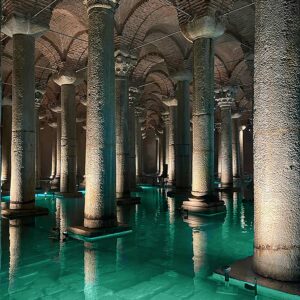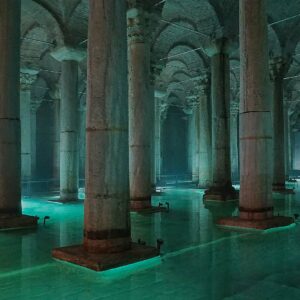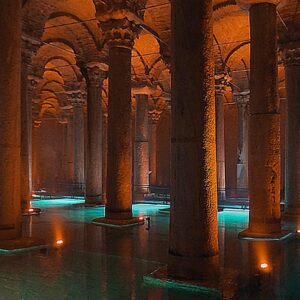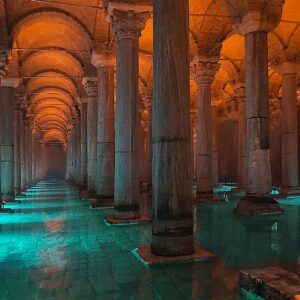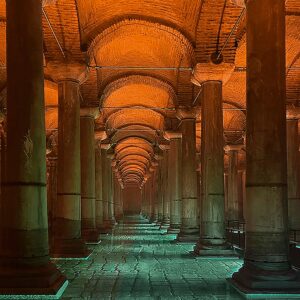- 4 May 2025
- 17783 defa okundu.
Indoor Design of the Basilica Cistern
The interior and lighting design of the Basilica Cistern, which underwent restoration in 2016 and reopened on July 21, 2022, was designed by Atelye70 and Insula Architettura e Ingegneria.
The cistern was discovered by Pierre Gilles in the 1500’s whereupon he made the following statement. “I went down the stairs with the landlady and found myself in a flooded pillar forest.”
Journey is one of the most common metaphors used in the collective imagination: life is perceived as a journey, and life’s significative moments are the rituals of passing. Homer’s epic of Odessa outlines the symbolic meanings associated with the theme of the journey, while the Iliad is also the hero’s journey back to Ithaca after the Trojan War. Further to storytelling, the subject of the design is a journey where the visitor identifies with himself/herself: the hero will lead us for discovery of an unknown world. The experience in the site is a continuous existential search journey of the inner and unconscious dimension that stimulates the visitor’s senses.
Our journey begins at the building adjacent to Hagia Sophia, which was used as the exit of the cistern. Steel stairs going down to the water, reason for being of cistern, will be your first experience at site. When the visitor descends to the foyer at the water level, he/she will enjoy the Basilica Cistern right at water line and fall into an exhibition that tells the history of both the structure and Istanbul’s waterways. Metallic, translucent walking platform enables the visitors to experience the Cistern from different angles. As we go deeper into the cistern, the platform turns into a stage that, in our opinion, would host various events. Lot of fishes enriching biodiversity and contributing to the clarity of the water accompany us in the mystical space that can be transformed into the stage for the performance of different artists every year. While the metal grid platform tends to fadeout in the place, the designed illumination script brings the extraordinary historical structure to the forefront.
Lighting Design
Conceptually, the spatial story of light predicts different perceptual scenarios. Through the light radiated from behind the columns, the journey towards the depths of the cistern gives the impression of walking in a two-dimensional forest. Such two-dimensional illusion gets inspired from our traditional miniature craft. Thus, the perspective is not of pivotal importance and tends to fadeout. We can describe this image as an imitation of the two-dimensional art of the eastern world.
When considered from this point of view, the two-dimensional silhouette of the forest of columns will embrace you and you will land up at a timeless place, as experienced by the first pathfinders. This is the reason the illumination of each column from ground level using elliptical beam lighting elements positioned against the direction of walk.Light, gradually fading towards the depths of the cistern, offers the visitor a sense of archaeological expeditions as well as self-discovery. The Medusa-headed columns arrived represent the end of the outbound journey and the beginning of the return journey. Upside down located Medusa heads are two mythological figures as if they represent the pace of life. Such that, at this point the return journey is suddenly interrupted and the individual experiences a moment of consciousness. Upon resetting out, two-dimensional ambiance gets interrupted to make room for the three-dimensional ambiance to reveal the structural and architectural aspects of the cistern. At this point, the transition from two-dimensional perception of the eastern world, exhibiting fine mastery, to three-dimensional perception of the western world, made up of the art of light and shadow.
Colours used for lighting design are inspired from the fact that Sultanite, a unique Anatolian diaspore, exhibits turquoise flicker when exposed to natural light and amber when exposed to the light of a torch.
Through instantaneous colour transitions between turquoise and amber, symbolising the character of this territory, during the journey the visitor perceives the environment in an utterly different manner.
In the middle of the journey, the visitor perceives the place completely with the sudden colour transitions between the turquoise and amber colours that symbolize the character of these lands. The experience gained at this point through the transition leads to the essence of chromatic perception.
